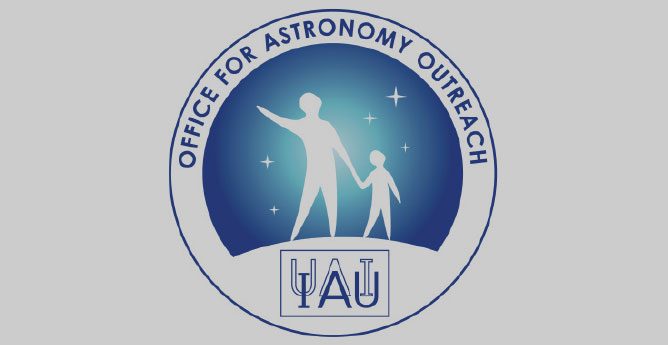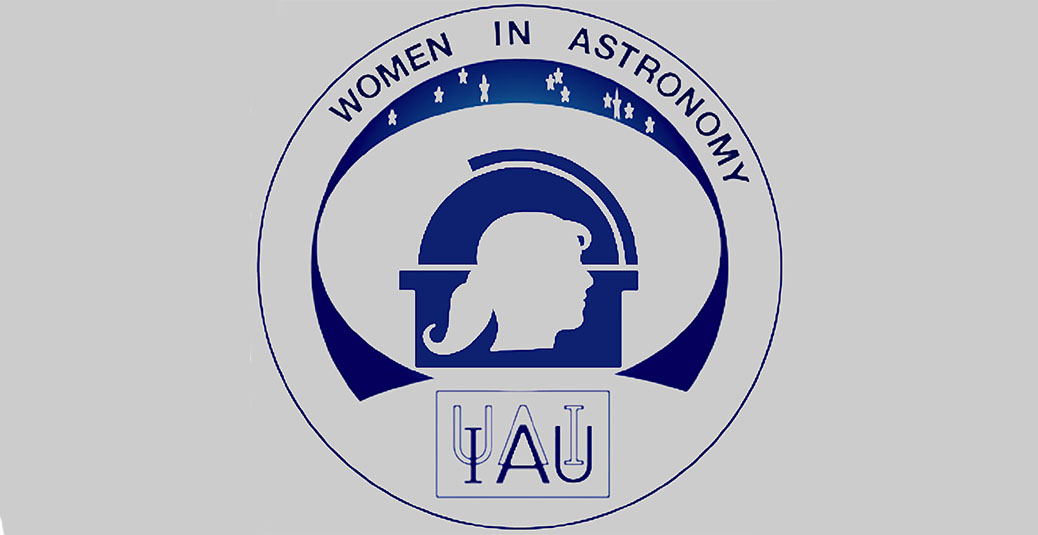- News
- Science
- Scientific Bodies
- Divisions
- Commissions
- Commission A1 Structure
- Commission A2 Structure
- Commission A3 Structure
- Commission A4 Structure
- Commission B1 Structure
- Commission B2 Structure
- Commission B3 Structure
- Commission B4 Structure
- Commission B5 Structure
- Commission B6 Structure
- Commission B7 Structure
- Commission C1 Structure
- Commission C2 Structure
- Commission C3 Structure
- Commission C4 Structure
- Commission C5 Structure
- Commission D1 Structure
- Commission E1 Structure
- Commission E2 Structure
- Commission E3 Structure
- Commission E4 Structure
- Commission F1 Structure
- Commission F2 Structure
- Commission F3 Structure
- Commission F4 Structure
- Commission G1 Structure
- Commission G2 Structure
- Commission G3 Structure
- Commission G4 Structure
- Commission G5 Structure
- Commission H1 Structure
- Commission H2 Structure
- Commission H3 Structure
- Commission H4 Structure
- Commission J1 Structure
- Commission J2 Structure
- Commission J3 Structure
- Commission X1 Structure
- Commission X2 Structure
- Past Commission Organising Committees
- Working Groups
- Centres
- Scientific Meetings
- Rules & Guidelines
- General Assemblies
- Meeting Proposals
- Future IAU Meetings
- General Assemblies
- EC Meetings
- Officers' Meetings
- Regional Meetings
- Symposia
- Focus Meetings
- Institutional Meetings
- IAU Offices Meetings
- IAU-Sponsored Meetings
- Letters of Intent submitted for 2024
- Letters of Intent submitted for 2023
- Letters of Intent submitted for 2022
- Letters of Intent submitted for 2021
- Letters of Intent submitted for 2020
- Past IAU Meetings
- Templates
- Other Meetings
- Grants & Prizes
- Scientific Bodies
- Publications
- IAU Publications
- IAU Strategic Plan
- Symposia
- WGSBN Bulletins
- Regional Meetings
- Information Bulletins/Catalyst
- E-Newsletters
- Focus Meetings
- Transactions A
- Transactions B
- Related Publications
- GA Newspapers
- CAPjournal
- IAU Books
- Brochures
- IAU Offices
- WG Reports
- Commission Reports
- Division Reports
- Past IAU Publications
- Rules, Guidelines and Instructions for Proceedings
- Publishers
- IAU Publications
- Administration
- About the IAU
- Statutes & Rules
- IAU Policies
- IAU Executive Bodies
- IAU Secretariat
- Resolutions
- Members Administration
- Administrative Dates & Deadlines
- International Organisations Relations
- Donate to the IAU
- Training in Astronomy
- Astronomy for Education
- Astronomy for Development
- Astronomy for the Public
- Office for Astronomy Outreach
- FAQ
- Themes
- Satellite Constellations
- Astronomy in Everyday Life
- How to Report a Discovery
- Careers in Astronomy
- Defining our Place in the Cosmos
- The Constellations
- Light Pollution
- Measuring the Universe
- Near Earth Objects
- How to Participate in Astronomy Research
- Naming of Astronomical Objects
- Naming of Exoplanets
- Buying Star Names
- Naming Stars
- Pluto and the Solar System
- IAU Member Statistics
- Our Moon: the Moon
- Meteors & Meteorites: The IAU Definitions of Meteor Terms
- UNESCO-IAU Portal to the Heritage of Astronomy
- Social Media
- Past Events
- Call for Online Resources
- Astronomy@Home Awards
- Contact
IAU Symposia
IAUS 317: The General Assembly of Galaxy Halos: Structure, Origin and Evolution
Start date/time
August 3, 2015
End date/time
August 7, 2015
Place
Honolulu,
United States
Contact
Angela Bragaglia
angela.bragaglia@oabo.inaf.it
Event website
http://www.eso.org/~marnabol/IAU317_index.html
Coordinating Division
Division H Interstellar Matter and Local Universe
Co-Chairs of SOC:
Angela Bragaglia (INAF-OA Bologna)
Madga Arnaboldi (ESO)
Topics
- Do all galaxies have stellar halos? What are the structure parameters for radial density profiles, the angular momentum distribution and dynamical equilibrium?
- Stellar tracers of the MW halo and nearby galaxies; the stellar population of star clusters and their contribution to the galaxy halos
- Substructure and smooth components in galaxy halos
- First stars and stochastic enrichment in the early Galaxy
- How do age and metallicity vary as function of radius and kinematics? As function of morphological types, i.e. disks vs. ellipticals?
- Galactic archaeology with (ongoing and future) large astrometric, spectroscopic & photometric surveys
- The connection among Dwarf galaxy / Ultra Compact Dwarf / Ultra Faint Dwarfs / Globular Cluster and their connection to the assembly of halos
- Do we see halos forming at high z? How do they grow their mass over time?
- How do the halos form and what is the connection with galaxy fomation ?
- How similar the MW halo is to other halos in the Local Group and beyond?
Rationale
The understanding of how galaxies form and evolve remains one of the greatest challenges in astrophysics. This quest starts right at our doorsteps, with the study of the Milky Way galaxy. Because we are immersed in it, we can study its individual stars with state-of-the art instrumentation out to its farthest outskirts. The bright conglomerates of its oldest stars, i.e. the globular clusters (GCs) have been studied for many decades. After pioneering efforts, the analyses of the chemical composition and kinematics of individual stars in the most distant bound satellites of the Galaxy are now routinely performed. These measurements provide very useful snapshots of the movie of the assembly of our Galaxy, back to its earliest epochs. Modern theories of galaxy formation try to fit all of them in a coherent picture of structure formation and evolution. Yet, we do not have a consolidated, quantitative understanding of the mechanisms that gave birth and shaped the Galaxy that su rrounds us.
Sensitive multi-object spectrographs mounted at 8-10m class telescopes enabled measurement of detailed abundances for the first stars formed in the Galaxy, provided the chemical tagging of distinct multiple stellar generations in GCs, and even led to the detailed abundance patterns of dwarf satellite galaxies in the Local Group. Detailed chemical abundances and kinematics are now known for thousands of stars of the different component of the Galaxy - halo, bulge, thick and thin disks. On-going and future surveys and facilities (the combined Sloan surveys, the Gaia-ESO survey, GALAH, APOGEE, etc; the VISTA surveys; the future 4MOST, MOONS, WEAVE surveys, etc) will make this information available for millions of stars. Further important information will come from the many all-sky photometric surveys and the always more precise and detailed photometric studies of clusters. Finally, the results of the Gaia satellite, with the exquisite precision on parallaxes and proper motion s, will open a new era for the Milky Way research. We will in fact obtain a 3-d positional map for a significant fraction of the Galactic stellar population (1%, or about a billion stars) and a kinematical and chemical census of all Galactic components.
This will greatly improve our mapping of the Galactic sub-populations and of stellar streams, that are the fossil relics of past accretion events. Sophisticated structure formation and evolution models are being computed to account for the striking, unexpected features that emerge from the data. In particular, the Galactic halo turned out to be a livelier environment than what was thought in the past: it has a dual nature, with stars belonging to either the accreted and the in-situ component, abundance gradients are present in the inner halo; and GCs host multiple populations with peculiar chemical composition, indicative of a complex formation mechanism. The unique signature of the chemistry of GCs' stars makes it possible to trace the stars lost from GCs to the halo field, and strongly suggests that a notable fraction of halo stars were born in clusters and afterward returned to the field. In addition, some of the stars in the Galactic halo seem to show a composition similar to the stars in the dwarf satellites of the Milky Way while some are similar to the primordial generation in GCs. Discrete traces like planetary nebulae allow us to trace the angular momentum and kinematics of the stellar light in our own Milky Way, in the Local group and in external galaxies, and compare their behavior in different systems.
This Symposium will provide the opportunity to gather experts in the many aspects related to the formation and evolution of the Galactic halo. Fostering the discussion between researchers working on the different aspects of these fundamental issues is an essential step to make a definite progress toward a coherent picture of the formation and evolution of the Galactic halo and, more generally, to shed light on the formation and evolutionary history of stellar halos in spiral and early-type galaxies.
Particular attention will be devoted to the information contained in the chemo-dynamical properties of the different Galactic components, with constraints to be applied to the halo formation and evolution models.
The Symposium will discuss the data we have on stellar halos for other galaxies also: what do the metallicity gradients in M31 and other nearby spiral and elliptical galaxies tell us about their assembly and evolution? What do we know about their angular momentum distribution, their dark matter content and kinematics? What quantities can we measure with the TMT and E-ELT or JWST that are relevant for these studies? Extending these types of observations beyond the Local Group is extremely challenging but necessary to advance our understanding of stellar halos in galaxies. The ubiquity of stellar halos in spirals and early type galaxies is an important, related topic.
At the Symposium there will be ample discussion of the theoretical models of halo (and galaxy) formation, of their assumptions and predictions. The meeting will highlight the areas of agreement and of tension between the models and the new data, fostering interesting developments.
We plan to divide the Symposium in five main sessions and conclude with a summary of the Galactic halo (and halos) formation and evolution picture emerging from the Symposium and to an extensive discussion of the controversial issues, the key unanswered questions, and the future steps needed to address them. We plan to have reviews and summary talks, as well as contributed talks and posters.
The IAU General Assembly is the ideal opportunity to devote a Symposium to the globala ssembly of the galaxy halos. This meeting will have the right critical mass and synergy to probe many unsolved issues. At the same time, it will provide impulse to future studies and understanding of this galaxy component and its original constituents.
CONTEXT: In the past few years, a number of international conferences and workshops have
been dedicated to halos and their components and at the 2015 GA there will be other Symposia or FMs which are somehow related .
However, we feel the time is right to provide a comprehensive discussion of the integrated properties of halos and their constituent populations, including the determination of the chemodynamical properties of field halo stars, clusters and satellites of the Milky Way, and comparison to more distant stellar halos and numerical modeling.
The timing is appropriate to discuss the promise of Gaia, the results of the space telescopes' (HST, Spitzer) surveys of stellar halos in disks and ellipticals (S4G, GHOSTS, EDGES), the first results of the Gaia ESO survey of the MW halo, the results from the PANDAS survey of M31 and from the PN.S1, SLUGGS2 and NGVS3 surveys of ellipticals in the nearby Universe. The time is ripe to try and understand all of them in a self-consistent scenario of galaxy formation and evolution. The subject is interesting for a large community and much progress is foreseen in the near future, so that a very lively conference is expected.

















